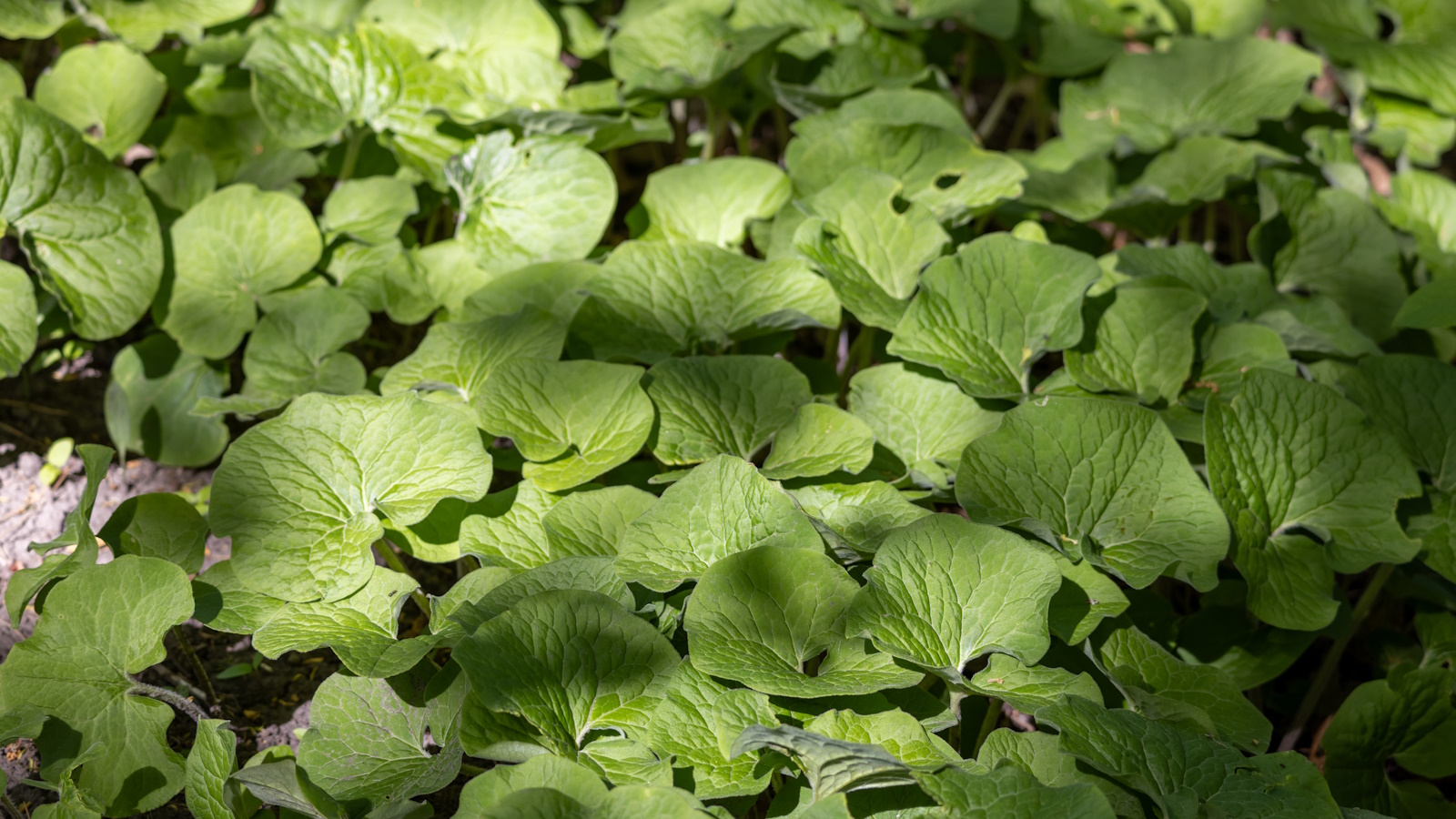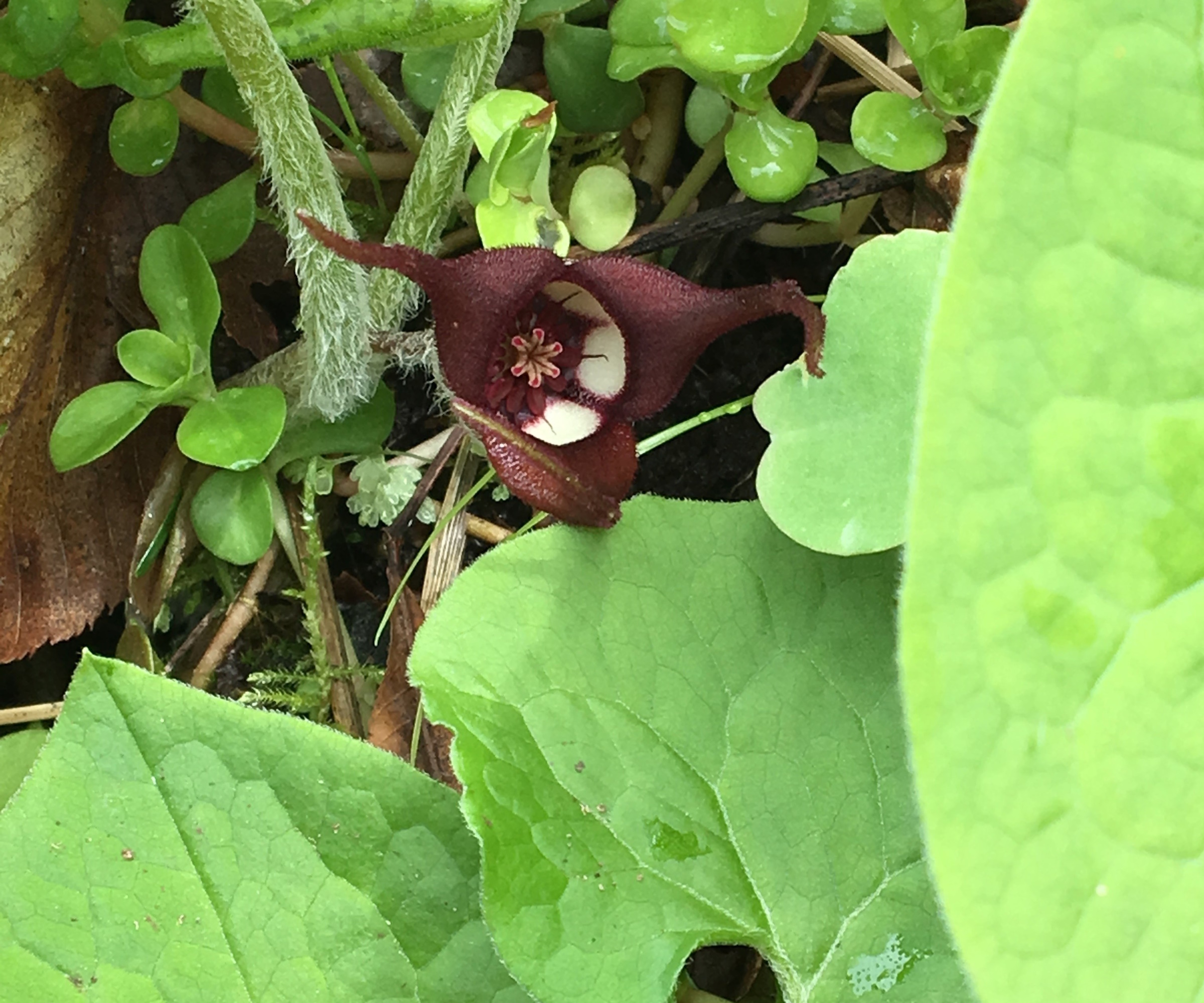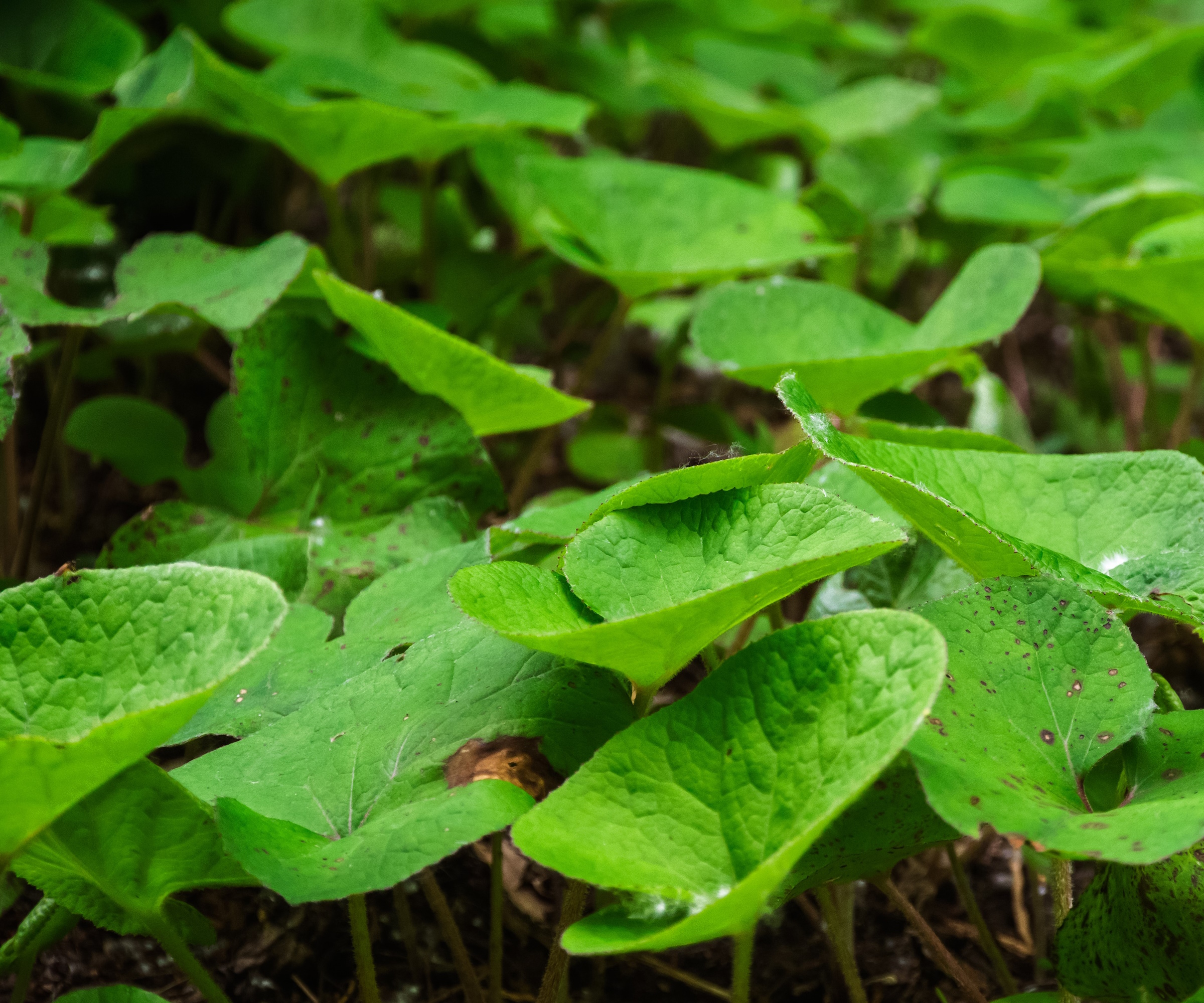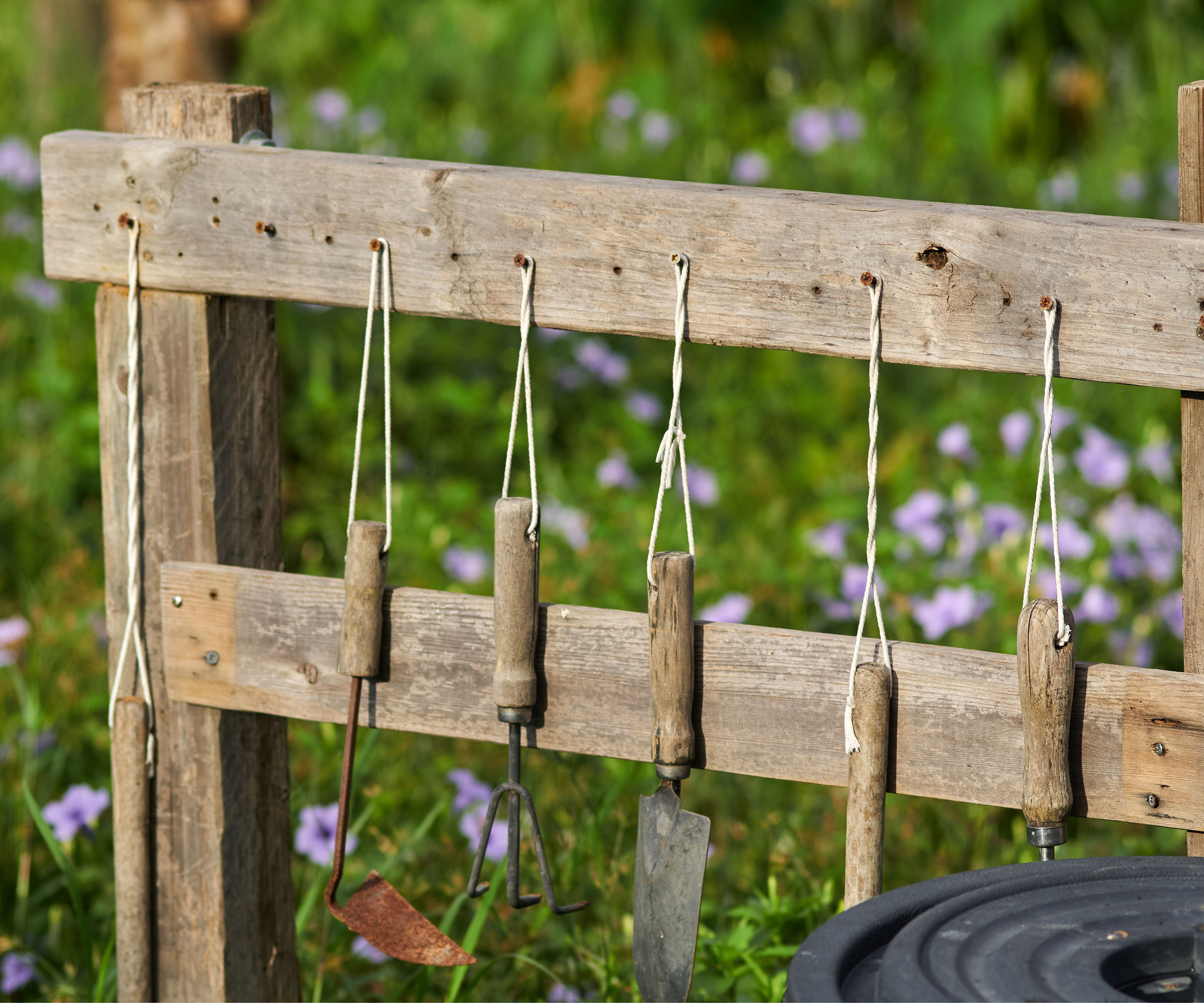
Wild ginger, Asarum canadense, is a low-growing deciduous plant native to the eastern United States and southeastern Canada. Prized for its lush foliage and shade tolerance, wild ginger is an ideal option if you are seeking ground cover plants to fill tricky, darker spots in the yard.
Found growing in rich woodland soils, you might have spotted these kidney-shaped leaves while out walking in a local forest. What you might not have noticed, however, is the unusual mauve-brown flowers that bloom underneath the leaves, as seen in the image below. This strange adaptation protects insects while they feed on the plant's nectar.
This ground cover plant has long been used for a range of medicinal purposes by Native American communities, although despite its name, has no relation to the edible ginger species that you might enjoy using in your kitchen creations. Here, I provide all the information you need to learn how to grow wild ginger in your yard.

How to grow wild ginger
Considered one of the best ground cover plants for shade, wild ginger can help to fill challenging areas of your yard. Over time, wild ginger will form dense colonies in woodland beds, covering bare soil with lush, unusual foliage. Importantly for those gardeners whose plots are prone to deer attacks, wild ginger is notable as a deer-resistant plant, and won't be munched by any unwanted visitors.
Things to consider when growing wild ginger

'Wild ginger is a tough and resilient ground cover that can be planted in a wide range of conditions and climates,' says Rachel Bull, head of gardens at Homes & Gardens. 'It can be grown from US hardiness zone 3 to US hardiness zone 7, thriving in partial to full shade in both northern regions and mild central areas.'
Wild ginger plants will eventually appear like a dense carpet or mat that spreads by forming a large mass of underground rhizomes. You can expect plants to grow by six to eight inches each year.
'Once established, you can easily lift and divide wild ginger clumps,' Rachel says. 'This is best done in the springtime once leaves have unfurled. Simply use a garden fork or spade to lift a small clump, ensuring that each cluster has a good amount of rhizomes to help it reestablish.'
For a low-maintenance native plant, I think wild ginger is an ideal selection for tricky spots in the yard, and, what's more, it is an ideal ground cover plant to stop weeds, meaning less time spent weeding - and what gardener wouldn't want that?
Native wild ginger seeds are available from Walmart.
Wild ginger, Asarum canadense, is an ideal plant for your woodland, shady beds. Growing from seed is a fun and cost-effective way to fill your yard with greenery.
Growing advice for wild ginger

Soil: Wild ginger can be grown in most soils, although it will do best in borders that mimic woodland conditions, with rich, moist earth that is slightly acidic (pH of 5.5 to 6.5). If you are wondering how to make soil more acidic, consider applying an organic mulch or leaf mold in the fall which can help. Alternatively, apply pine straw mulch, available from Walmart, which will also help plants that thrive in moderately acidic environments.
Light: This low-growing plant can tolerate full to partial shade and does not need much sun to thrive. Avoid planting in areas that receive afternoon sun, as this can cause leaf scorch.
Watering: Following planting, give wild gingers a deep watering as they settle. Once established, you do not have to worry about watering. Annual mulching of your borders will help to maintain moisture in the soil.
Fertilizing: You do not need to fertilize wild ginger. These native plants grow just fine without any need for applying fertilizer.
Pruning: Wild ginger plants require no pruning and are generally considered low-maintenance. Foliage will turn yellow and brown in the fall, which can be left as mulch or you can rake off and add to your compost heap during the winter.
FAQs
What is eating my wild ginger foliage?
Snails and slugs do tend to feast on wild ginger foliage, attracted to the lush, tasty leaves. While gardeners should learn to cohabit and tolerate gastropods, if the damage gets out of control, you can prevent infestations by using some diatomaceous earth. This product can be spread around the base of wild ginger plants to prevent further damage. Diatomaceous earth is available from Walmart.
Wild ginger plants may take a few years to cover bare soils, but eventually, your shady borders will be full of lush greenery, helping you to make the most of your yard. While you might have to seek out the unusual flowers that hide away under the leaves, in my opinion, these springtime blooms more than earn their place in any shady yard.
Why not consider planting alongside other ground cover plants to hide tree roots, such as Japanese spurge or bugleweed? These evergreen options will help you to maintain interest in your yard whatever the season.







